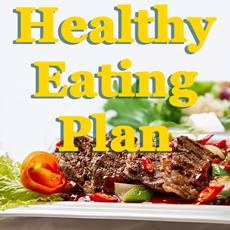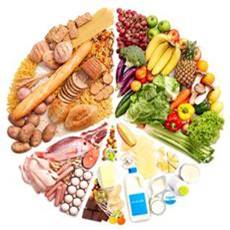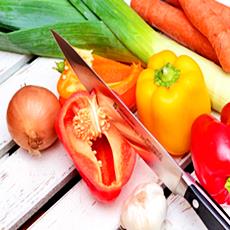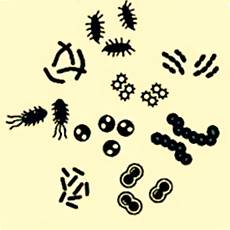Healthy Eating
A healthy and balanced diet
Fact Checked
×All the content published in our website is fact checked to validate its accuracy.
Visit our guidelines web page to learn more about our strict processes regarding how we review our content's sources: reliable and reputable journals, media websites, universities, colleges, organizations, and professionals.
Our articles are based on scientific evidence, and the references are included in their footnotes, which are clickable links to sound scientific papers.
First Published: 15. Oct.2018
Overview
What is healthy eating?
Eating a healthy and balanced diet means eating a wide variety of foods with the correct nutrients in the right quantities and proportions.
A healthy diet will provide your body with the energy it needs. It will also help you maintain healthy body weight.
Healthy eating will boost your mood, give you more energy, and improve your overall health.
Learn more about how to start your healthy eating plan: nutrients, food groups, the do's and don'ts, and much more with the resources and links on this webpage.
About this Article
Healthy Eating, A. Whittall
©2025 Fit-and-Well.com. First Published: Oct. 15, 2018. Update scheduled for 16.Feb.2028. https://www.fit-and-well.com/fitness/healthy-eating.html









